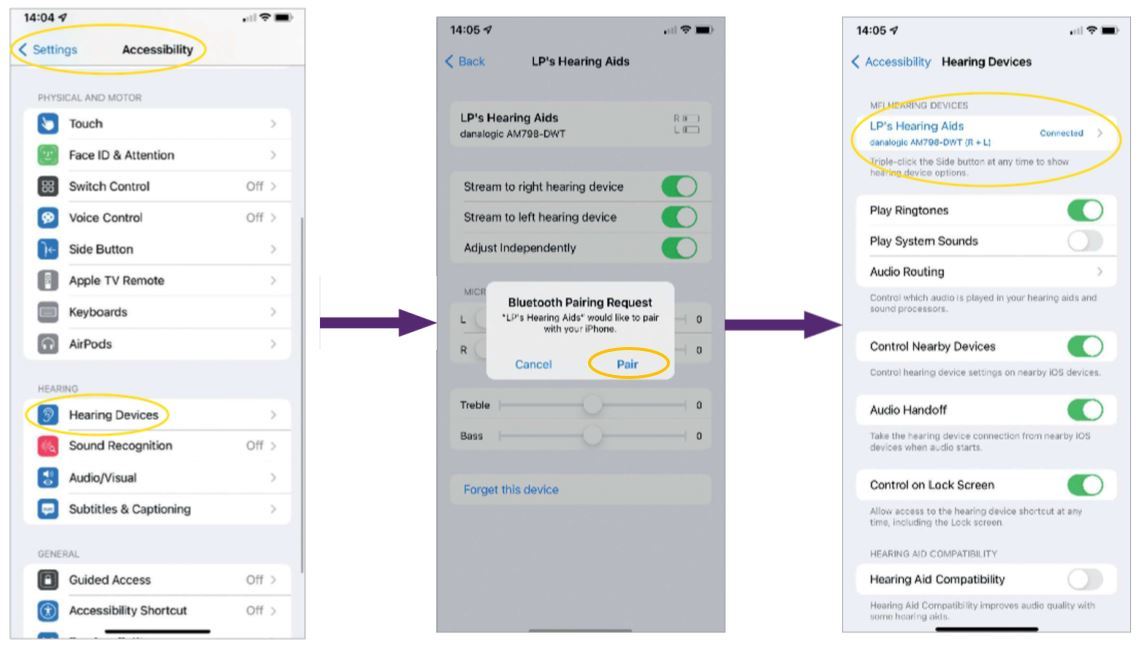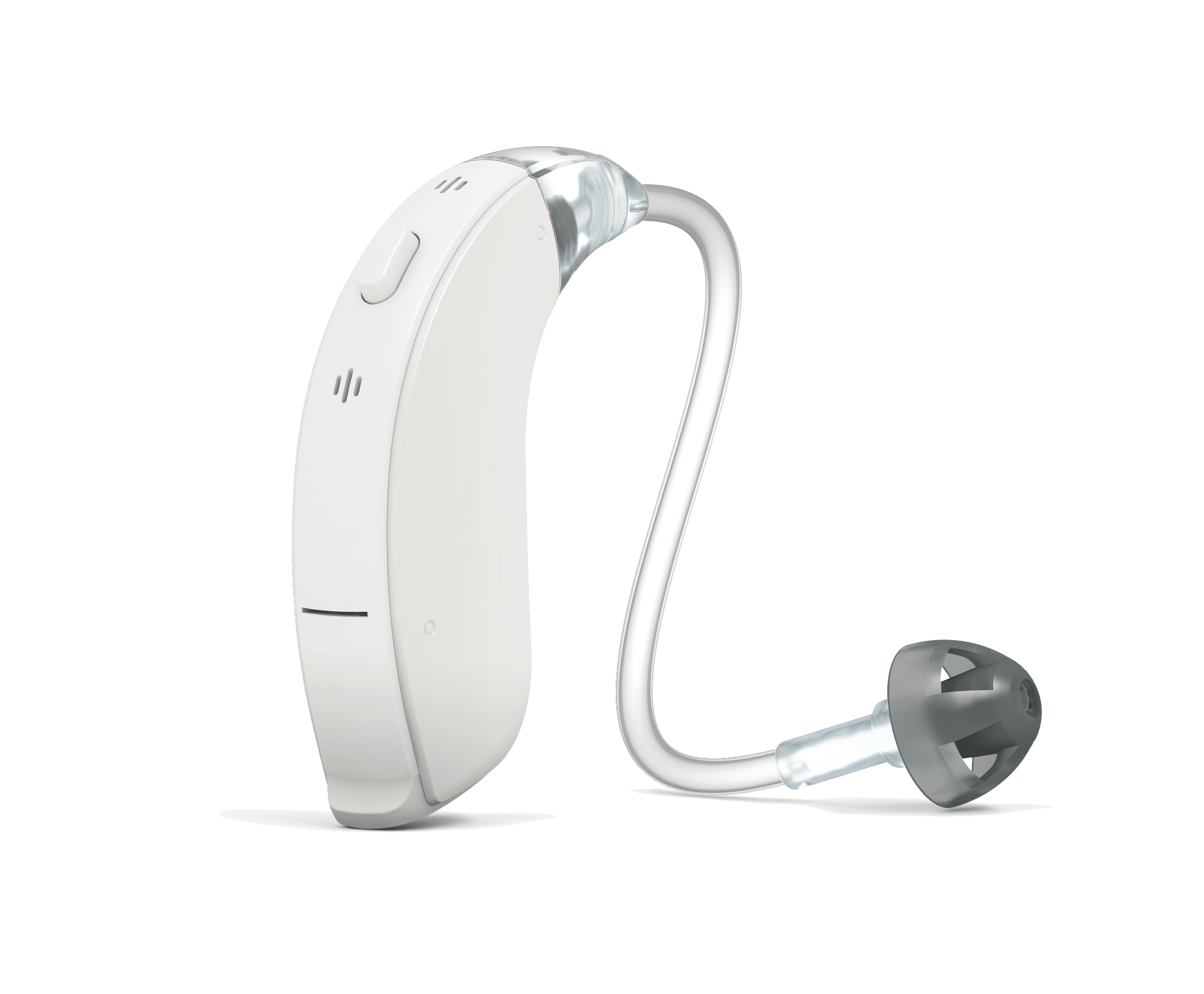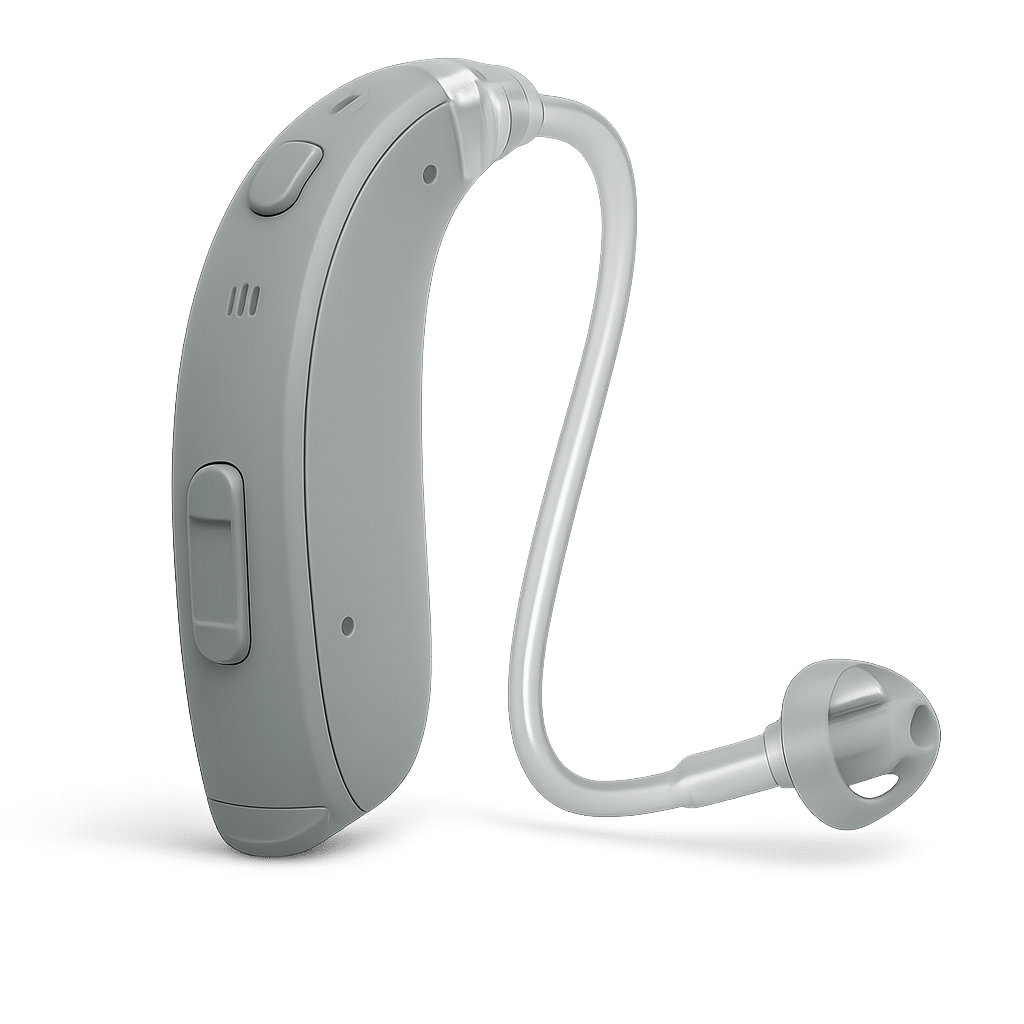As with any new technology, people may feel nervous about using Bluetooth until it has been categorically proven as “safe”. Over the last 20 years, scientists have been researching the effects of using mobile phones and other devices that use radio waves, a type of electromagnetic radiation. NHS 111 Wales. Mobile phone safety. July 2021. Available at: https://111.wales.nhs.uk/Mobil… (accessed April 2024);
When we hear ‘radiation’, our minds may jump to UV rays in sunlight or x-rays, and the potential risks associated with them, however, there are many types of radiation. X-rays are high energy ‘ionising’ radiation, which can cause damage to cells in the body. Bluetooth, on the other hand, is much lower energy ‘non-ionising’ radiation – in fact, it has a billion times less energy than ionising radiation! US Food and Drug Administration. Radio Frequency Radiation and Cell Phones. February 2020. Available at: https://www.fda.gov/radiation-… (accessed April 2024);
Due to Bluetooth’s low energy, scientists have advised that is does not cause harm to people. Studies in large groups of people have shown that there is not an increased risk of cancer if you are exposed to non-ionising radiation. Cancer Research UK. News digest – online prostate cancer predictor, NHS waiting times, breast cancer rulebook and Bluetooth headphones. March 2019. Available at: https://news.cancerresearchuk…. (accessed April 2024);
Mobile phones also use non-ionising radiation, but research has shown that they emit less of this when being used with wireless/Bluetooth headsets. Division of Environmental and Occupational Disease Control, California Department of Public Health. How to Reduce Exposure to Radiofrequency Energy from Cell Phones. Available here: Click to download. (accessed April 2024);



